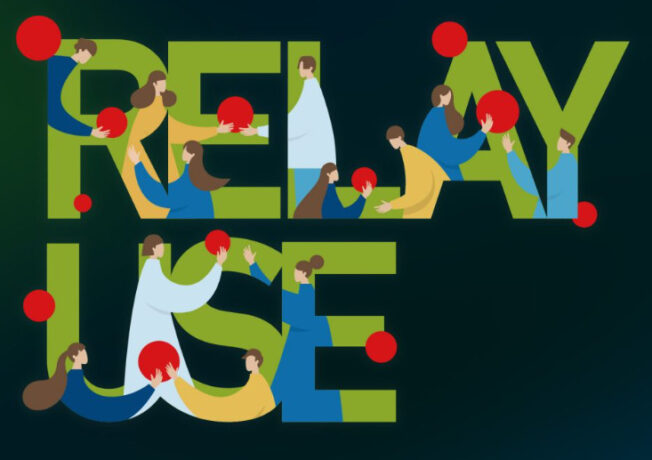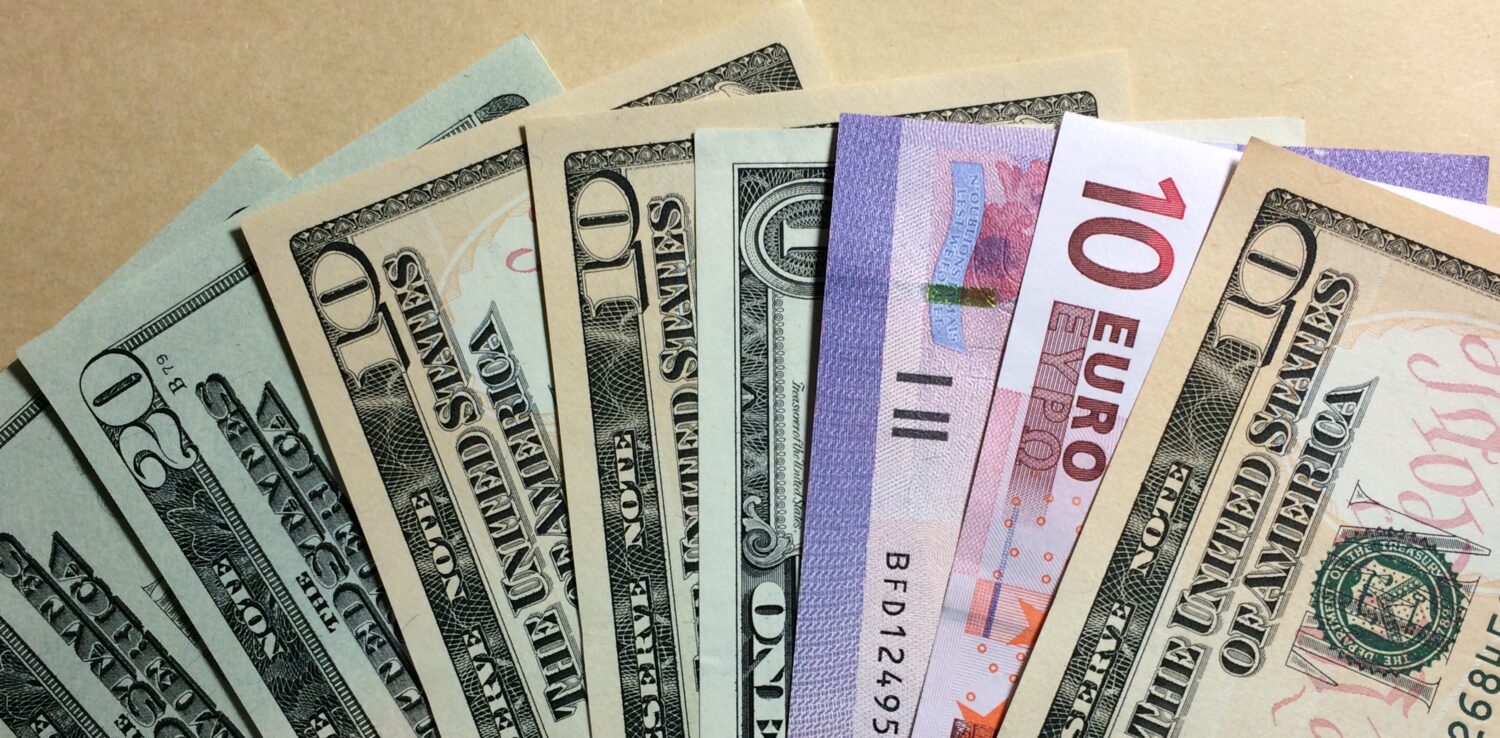Shibuya is one of Tokyo’s downtown areas, mentioned in the same breath as Ginza, Shinjuku, and Ikebukuro.
Having renovated its Ginza store, Komehyo has now opened another reuse store, this time in Shibuya, also a town for young people. Is it a good news for money saver?
It has only been open for a month, but it seems to be well received.
ZERO GATE 1-4F, 16-9 Udagawa-cho, Shibuya-ku, Tokyo 150-0042
Phone number 03-6712-7215 (sales)
https://komehyo.jp/p/landing/shibuya/open/
Reuse store KOMEHYO SHIBUYA (Udagawa-cho, Shibuya-ku, Shibuya) will open along Inokashira-dori in Shibuya on November 17th. It is managed by Komehyo (Nagoya City, Aichi Prefecture).
KOMEHYO SHIBUYA, a flagship store with a buyback division of major reuse company KOMEHYO, opens in the Zero Gate commercial complex in Shibuya on November 17.

Target Reuse Items for young
KOMEHYO handles brand-name bags, apparel, jewelry, and other items for reuse, with 6,500 items lined up as of the store’s opening.
With “Shibuya, the fashion district, in mind,” KOMEHYO has increased the amount of clothing it handles, which is likely to be of interest to the younger generation, compared to other stores.
Price range of products sold at the store
The prices of items sold range from several thousand yen to approximately 100 million yen for the most expensive items. The central price range is between 200,000 and 500,000 yen, which is lower than other stores, partly because they target a younger generation than KOMEHYO’s customer base (40s-50s).
Considering its location in Shibuya, KOMEHYO SHIBUYA’s target is young people in their teens to 30s in Japan. And, given the store’s location, they also expect inbound customers from overseas to make purchases reuse items.
As a result of KOMEHYO’s strategy, the company aims to strengthen its system for buying and selling secondhand goods in the eastern Japan area.
While positioning Shibuya as an “important area” along with Shinjuku and Ginza, the company has had a buying store in Shibuya since 1996 (Heisei 8), opened a sales store on Park Avenue in May 2014 (Heisei 26), but the location and consumer base of Shibuya did not support the store, and “the hurdles to reuse are high” and withdrew once in March 2017 (Heisei 29).
These days, the reuse market is said to be expanding against the backdrop of the spread of flea market apps and high prices.
KOMEHYO’s sales have also grown to 50 billion yen in FY2021 and 59 billion yen in FY2022, and the number of stores has expanded from 81 in FY2021 to 114 in FY2022. Sales performance is increasing significantly.
Like the Ginza store, KOMEHYO has opened a store in Shibuya, where many people visit the city and where “culture is being disseminated,” as a “new challenge.
In the past, Shibuya was also a street with many used clothing stores and is positioned as a “mecca” for fashion.
They value the idea that “the culture of seeing secondhand goods as valuable has taken root in Shibuya,” which is the current trend, and aim to create places and opportunities for people to come into contact with reuse in the future.
The concept of “Relay Use,” which means to carefully pass on and use used items after they have been carefully purchased, is something that KOMEHYO is trying to communicate to its consumers.
The sales floor covers the first through fourth floors, with a total floor space of approximately 733 square meters. It is the second largest in the Kanto region after the KOMETYO Shinjuku store. Unlike existing stores, the company has tried to create a store that “matches” the city and culture of Shibuya.
About the KOMEHYO sales floor
One of them is art. Mr. OSRIN, a visual artist who has created music videos for the band “King Gnu,” is the overall producer of the KOMEHYO SHIBUYA store.
In addition to decorating each floor with “color stream” art inspired by “sumi-nagashi, an art and calligraphy technique in which Japanese black ink is used to write or draw on a wet surface, ” the first floor has a “chaos” theme, with motifs of various creatures such as humans and dinosaurs painted on the floor and walls, and the inside of the second floor restroom is decorated with graphics by a tattoo artist.
It is said that the core customers of KOMEHYO are in their 40s and 50s, but the Shibuya store’s core target is the Y and Z generations in their 20s and 30s, in an effort to attract a new customer base.
The store carries approximately 6,500 items, including bags and apparel, accessories, watches, and miscellaneous goods.
The price range can be enjoyed from apparel items costing several thousand yen to the 98 million yen Cartier “Crash” watch.
The volume zone of items for sale is around ¥200,000 to ¥500,000. Each floor has a theme based on a time axis, and products are presented in a brand mix to lead to “encounters” and “discoveries.
Takuji Ishihara, president of KOMEHYO, said, “We tried to create a store that matches the characteristics and culture of Shibuya”.
Times have changed, and they want to provide more opportunities than ever for young people to come into contact with reused goods, and to transmit the culture of reuse from Shibuya.
President Ishihara believes that “engaging the younger generation, fostering a culture of selling and buying, and establishing lifelong relationships with customers will also help our business grow”.
Ken Yasuhiru, Senior Manager of East Japan Area Sales Department, Sales Division, says, “We will hold monthly editorial pop-ups with various approaches. Merchandising focuses on fashion items such as clothing and bags, targeting not only the Z/Y generation but also fashion-conscious overseas customers in their 30s and 40s.
He stated, “In the past, each floor of KOMEHYO had a specific item such as watches and jewelry, but here at the Shibuya store, we will create a sales floor with some kind of story through self-editing.
The “IMA”, meaning “Now, Trends”, section on the first floor offers products that are “uniquely Shibuya” such as trendy mini bags, brands “popular among young people” among high-end brands such as Loewe and Celine, skateboards and surfboards, and so on. In order to offer curated proposals, a pop-up space on the same floor will be prepared with a different theme each month to entertain visitors with a different content each month.
At the time of opening, under the theme of “Black is the new black” by stylist Kei Shirahata, the store is offering mainly black products from Louis Vuitton’s Epi series and apparel to match.
First Floor
In addition to trendy items such as Loewe and Celine, which are popular among young people among high-end brands, the store also offers items such as skateboards that have a distinctly Shibuya feel.
A pop-up will also be held on the same floor. The first pop-up is titled “Black is the new black” and features Louis Vuitton’s “Epi” lineup, which has been gaining renewed attention due to the vintage boom. The pop-up runs from November 17 to 30.
2nd Floor
The theme of the 2nd floor is “KAKO”, meaning “past”.
The second floor, with an industrial atmosphere based on gray tones, carries many items from around 1990 to 2000, including the Chanel “MATRASSE” bag series, Yves Saint Laurent apparel, silver accessories, and watches.
The store has accumulated items that are considered masterpieces of the past, which are not available today. The store features items from the 1990s to around 2000, centering on Hermes silver accessories and apparel. The centerpiece of the floor is the “Cartier Crush,” the store’s most expensive item, priced at 98 million yen including tax. The number of pieces produced is small, and the unique design and the rarity of pink diamonds have made it a premium item.
It feels like a collection of vintage items.
3rd Floor
The theme of the 3rd floor is “MIRAI”, meaning “future”.
The woody and bright atmosphere of the third floor “MIRAI” includes “standard” products from various brands such as Bottega Veneta bags and Burberry coats, as well as the “Seven Years Collection” that Louis Vuitton collaborated with seven designers in 1996 to celebrate the 100th anniversary of Monogram Canvas. The lineup includes products that “we want to carry into the future,” such as “masterpieces” from the Seven Years Collection, which Louis Vuitton collaborated with seven designers to commemorate the 100th anniversary of Monogram Canvas in 1996.
The lineup includes masterpieces and classic items that we want to carry with us into the future. In addition to the Supreme and Louis Vuitton collaboration bag, a coat of the same model as the one in the movie “The Devil Wears Prada” is on display as a featured item.
4th Floor

The theme of the 4th floor is “RELAY.
This is a floor dedicated to buying. It is a place for people who want to have their brand-name goods bought.
However,
The space is like a park with plants and couches and has a bar counter type buying space instead of private rooms for casual use, as well as four fitting rooms for customers who use the ordering service. The fitting rooms are laid out with tatami mats, and Japanese-style spaces with artwork using bonsai trees are also available. The store also plans to offer coordinating proposals to match the ordered items.
Shop information
Opening date: November 17, 2023
Location: 1-4F ZERO GATE, 16-9 Udagawacho, Shibuya-ku, Tokyo
Store area:about 733m2
Business hours: 11:00 a.m. to 8:00 p.m.
Closed: Unscheduled holidays
TEL:03-6712-7215 (sales)/03-6712-7216 (purchase),
Items handled: bags, fashion, jewelry and precious metals, watches
URL: https://komehyo.jp/p/landing/shibuya/open/
Summary
Currently, overseas tourists account for about 12% of total sales at KOMEHYO, but the store expects that their sales will increase to nearly half, and sometimes more than half.
Images: Used images are by KOMEHYO.
